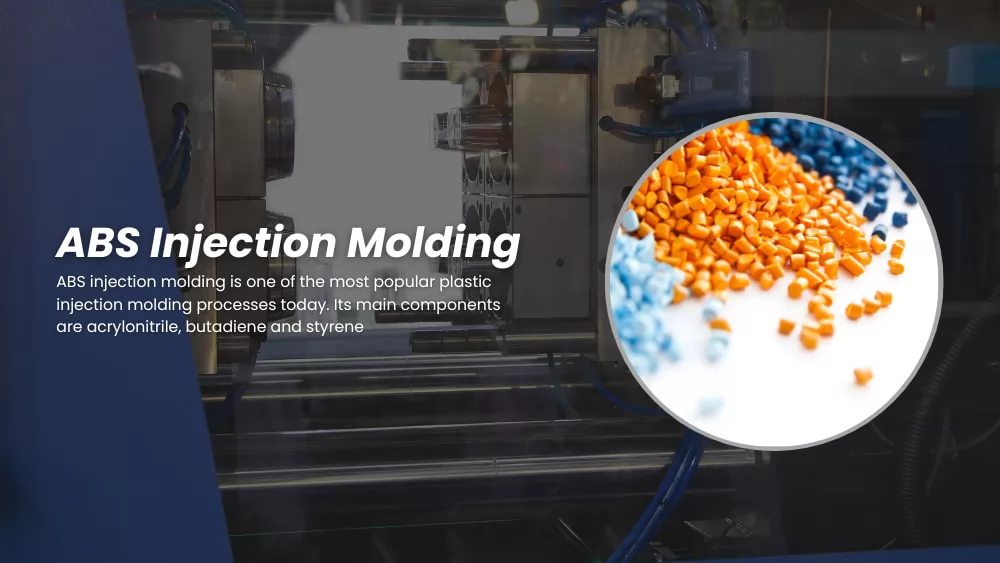
ABS injection molding is one of the most popular plastic injection molding processes today. Its main components are acrylonitrile, butadiene and styrene. Each of these monomers imparts specific properties and provides ABS plastics with a powerful combination of functions.
This article provides an in-depth analysis of the role of ABS in injection molding. This article covers what is ABS plastic? Its properties, applications, and when you should consider ABS plastic in your projects.
Included in this article are:
- What is ABS Plastic?
- Properties of ABS Material
- Advantages and Disadvantages of ABS Plastic
- What is ABS Injection Molding?
- Exploring the Pros and Cons of ABS Injection Molding
- Why is ABS Injection Molding so Popular?
- Key Applications of ABS Injection Molding
- What are the Injection Molding Processing Conditions for ABS?
- Precautions for ABS Plastic Injection Molding
- ABS Injection Molding FAQ
- Custom ABS Plastic Injection Molding Services by Hing Tung
- Conclusion
What is ABS Plastic?
ABS plastic, also referred to as Acrylonitrile Butadiene Styrene, stands as a versatile and extensively employed thermoplastic polymer. Its formation involves the polymerization of three monomers: acrylonitrile, butadiene, and styrene. The amalgamation of these constituents yields a material that showcases extraordinary characteristics, thereby establishing ABS plastic as a favored option across various industries.
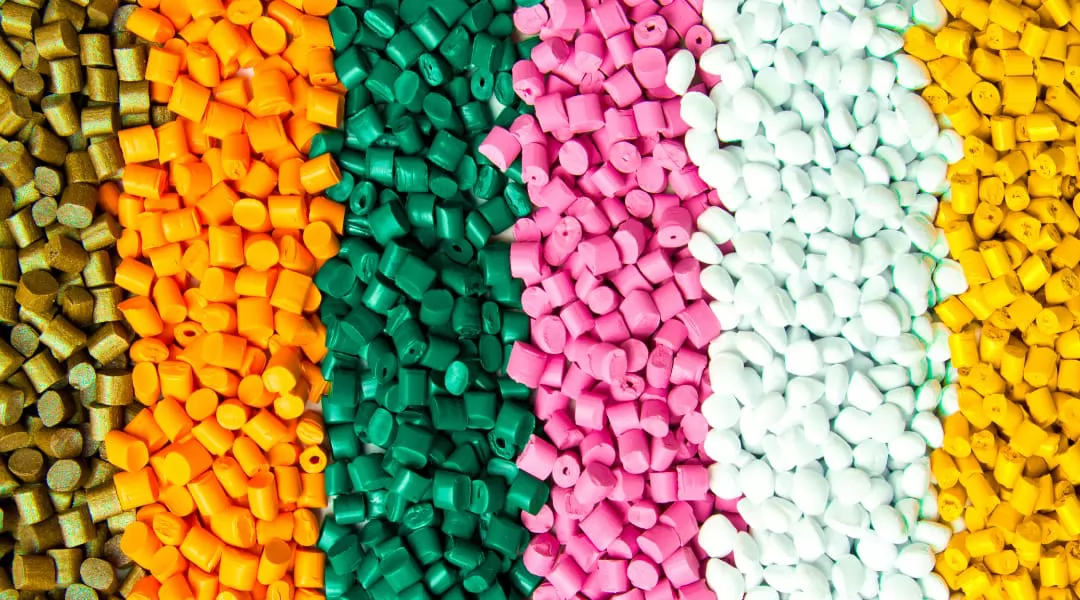
ABS plastic gains recognition for its exceptional potency, endurance, and resistance against impacts. Additionally, it exhibits the ability to withstand elevated temperatures and endure chemical degradation. Such properties render ABS plastic well-suited for a diverse array of applications, including but not limited to automotive components, electronic enclosures, playthings, appliances, and more.
Properties of ABS Material
ABS plastic possesses numerous noteworthy material properties that contribute to its extensive utilization. Let us delve into some of these properties:
Potency and Durability: ABS plastic boasts remarkable strength, enabling it to endure substantial mechanical stress and withstand impacts. Its durability guarantees enduring performance across diverse applications.
Thermal Resistance: ABS plastic exhibits the capacity to endure moderately high temperatures without distorting or compromising its structural integrity. This characteristic makes it suitable for applications involving exposure to heat or temperature fluctuations.
Chemical Resistance: ABS plastic showcases resistance against a variety of chemicals, including acids, alkalis, and various solvents. This resistance enhances the reliability and longevity of ABS plastic in environments where chemical exposure is a concern.
Electrical Insulation: ABS plastic serves as an exceptional electrical insulator, effectively impeding the flow of electrical currents. This quality positions it as a preferred choice for electronic components and devices.
Surface Finish: ABS plastic provides a smooth and lustrous surface finish that can be further enhanced through various finishing techniques like polishing or painting. This aspect adds aesthetic appeal to consumer products.
Advantages and Disadvantages of ABS Plastic
ABS plastic encompasses a set of advantages and disadvantages. Let us explore them in detail.
Advantages
Versatility: The versatility of ABS plastic allows for easy molding and shaping into intricate designs. It can be subjected to injection molding, extrusion, or thermoforming, granting manufacturers flexibility in production processes.
Impact Resistance: ABS plastic exhibits excellent resistance to impacts, enabling it to endure sudden shocks and heavy loads without cracking or fracturing. This attribute deems it ideal for applications necessitating impact resistance, such as protective casings.
Wide Temperature Range: ABS plastic retains its stability and mechanical properties across a broad temperature spectrum, making it suitable for both high-temperature and low-temperature applications.
Cost-Effectiveness: ABS plastic stands as a relatively affordable choice compared to other engineering plastics, presenting manufacturers with a cost-effective option. Its ease of processing also contributes to cost savings during production.
Disadvantages
Limited Weather Resistance: ABS plastic is susceptible to degradation when exposed to prolonged sunlight and outdoor weather conditions. Prolonged exposure to UV radiation can result in color fading, brittleness, and diminished performance over time.
Flammability: ABS plastic holds the classification of being a flammable material and may ignite or melt when exposed to high heat or an open flame. It is crucial to consider fire safety measures when employing ABS plastic in specific applications.
Chemical Resistance Limitations: Although ABS plastic generally demonstrates resistance to many chemicals, it may not withstand prolonged exposure to certain aggressive chemicals. Compatibility testing should be conducted to ensure suitability for specific chemical environments.
Recycling Challenges: The recycling of ABS plastic can present challenges due to its complex composition. However, ongoing advancements in recycling technologies are continually enhancing the recyclability of ABS plastic.
What is ABS Injection Molding?
ABS injection molding is the process of fabricating products using Acrylonitrile Butadiene Styrene (ABS) plastic through injection molding techniques. Injection molding, a widely adopted manufacturing method, involves injecting molten material into a mold cavity, allowing it to cool and solidify, and then ejecting the finished product.
ABS plastic, also known as Acrylonitrile Butadiene Styrene, is a versatile and widely used thermoplastic polymer. It is derived from the polymerization of three monomers: acrylonitrile, butadiene, and styrene. The combination of these monomers results in a material that exhibits exceptional properties, making ABS plastic a popular choice in various industries.
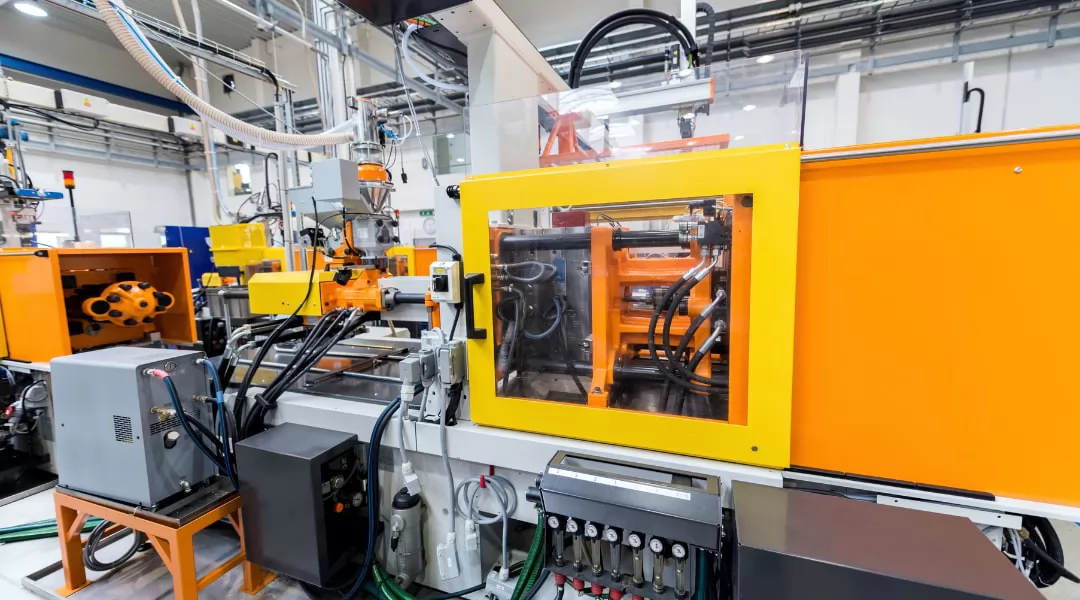
Exploring the Pros and Cons of ABS Injection Molding
Advantages and Disadvantages of ABS Injection Molding ABS injection molding offers several advantages and disadvantages. Let's delve into them in detail.
Advantages
Versatility: ABS plastic provides flexibility in design and production, allowing for easy molding and shaping into complex designs. This versatility makes it suitable for a wide range of applications.
Strength and Durability: ABS plastic demonstrates remarkable strength and durability, enabling it to withstand significant mechanical stress and impact. This ensures long-lasting performance in various applications.
Heat Resistance: ABS plastic can withstand moderately high temperatures without deforming or losing its structural integrity. This property makes it suitable for applications involving exposure to heat or temperature fluctuations.
Cost-Effectiveness: ABS injection molding is a cost-effective manufacturing process, with efficient production cycles and reduced material waste, resulting in cost savings.
Disadvantages
Weather Sensitivity: ABS plastic is prone to degradation when exposed to prolonged sunlight and outdoor weather conditions. UV radiation can cause color fading, brittleness, and reduced performance over time.
Flammability: ABS plastic is considered flammable and may ignite or melt when exposed to high heat or an open flame. Fire safety measures should be taken into account when using ABS plastic in certain applications.
Chemical Sensitivity: While ABS plastic is generally resistant to many chemicals, it may not withstand prolonged exposure to certain aggressive chemicals. Compatibility testing is necessary to ensure suitability for specific chemical environments.
Why is ABS Injection Molding so Popular?
Why ABS Injection Molding is Widely Used ABS injection molding has gained popularity in various industries for several reasons. Let's explore the factors contributing to its widespread use.
ABS Material Properties: ABS plastic possesses excellent properties such as strength, durability, impact resistance, and heat resistance. These properties make it suitable for diverse applications, ranging from automotive components to consumer goods.
Design Flexibility: ABS injection molding allows for the replication of intricate and detailed designs with precision. Its ability to mold complex shapes and incorporate features like textures and patterns makes it appealing to manufacturers.
Cost-Effectiveness: The efficiency of ABS injection molding, with its fast production cycles and reduced material waste, contributes to its cost-effectiveness. This makes it an attractive option for businesses looking to optimize production costs.
Wide Range of Applications: ABS plastic finds applications in various industries, including automotive, electronics, appliances, toys, and consumer goods. Its versatility and desirable properties make it a suitable material for producing components and products in these industries.
Key Applications of ABS Injection Molding
The Versatility of ABS Injection Molding ABS injection molding finds extensive use in diverse industries. Some of the main applications include:

Automotive Industry: ABS plastic is employed in manufacturing interior and exterior components, such as dashboard panels, trim parts, grilles, and door handles.
Electronics Industry: ABS injection molding is utilized to produce casings and enclosures for electronic devices, including computer parts, televisions, printers, and home appliances.
Consumer Goods: ABS plastic is widely used in the production of consumer goods, including toys, kitchenware, sporting equipment, and personal care items.
Medical Devices: ABS injection molding is employed to manufacture medical equipment and devices, including housings for diagnostic devices and components for hospital equipment.
What are the Injection Molding Processing Conditions for ABS?
Optimizing ABS Injection Molding Process To ensure successful ABS injection molding, certain processing conditions need to be considered. These include:
Temperature: The recommended temperature for melting ABS resin typically ranges between 200°C and 240°C, depending on the specific grade of ABS being used.
Injection Pressure: The injection pressure should be set according to the specific ABS material being processed and the design requirements. Higher injection pressures may be required for complex molds or thicker sections.
Injection Speed: The injection speed should be optimized to achieve proper filling and avoid defects such as voids or flow marks in the final product.
Mold Temperature: The mold temperature affects the cooling and solidification of the ABS material. It should be set according to the specific ABS grade and the desired properties of the final product.
Precautions for ABS Plastic Injection Molding
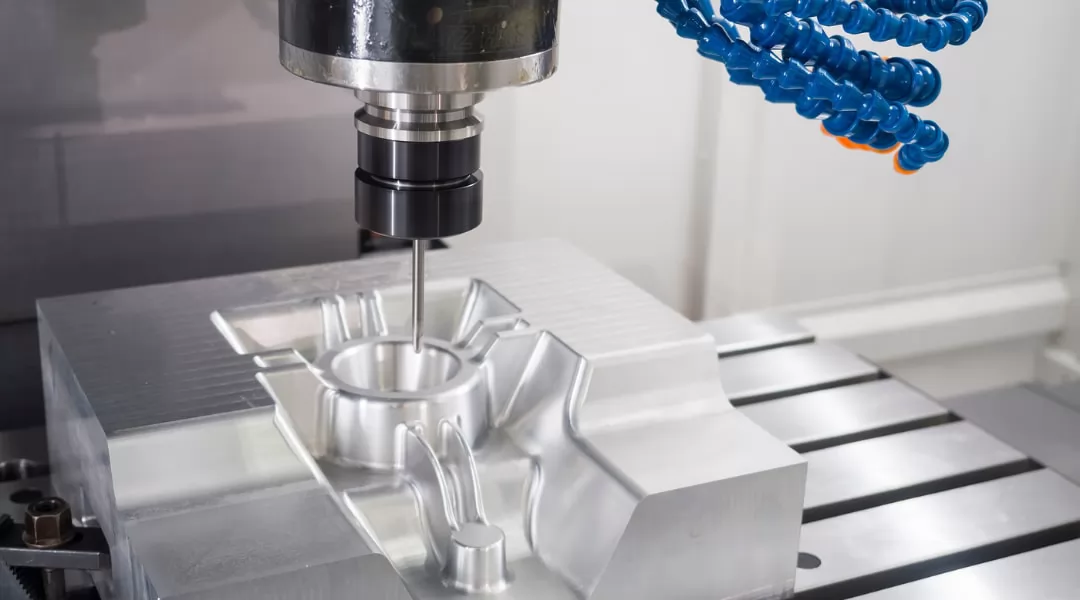
Ensuring Successful ABS Injection Molding To ensure successful ABS injection molding, certain precautions should be taken into account:
Consider ABS Plastic Parts Design
The wall of the plastic parts design must be uniformly thick such that there is a 25% range of diversification between the wall thicknesses of the part. Prevention of massive stress is possible when the thickness of the wall is uniform. There is a need for extra ribs or radii to enhance the strength and snap.
Furthermore, the wall thickness will determine the size of the radius. Therefore, you must ensure that the ratio of the radius to the wall thickness is not less than 0.3. The more the radius, the lesser the stress. However, it would be best to be cautious in excessively using a large radius because shrinkage will occur when the radius is too big. Therefore, there is a need to also consider the possibility of shrinkage during the abs injection molding process.
Dry ABS Material Before Processing
ABS plastic will absorb water whenever it is present in the processing material. Thus, ensuring a thorough drying of the material before processing is crucial. Many problems will result from ABS plastic absorbing moisture. The major issues are increased operating costs and more time spent in the process. Likewise, failure to take off the water will lead to the molded parts becoming cloudy.
Although when storing and transporting a heat-resistant ABS resin, absorption of water from the atmosphere will occur. The range of moisture absorption is between 0.2% to 0.4%. However, before processing the ABS plastic molding, the moisture content needs to reduce drastically to 0.05% or less. This will help prevent injection molding defects during the process. The temperature at which drying take place is 80-95 ℃, and it will take three to four hours for completion.
Molding Temperature Control
Another consideration for ABS injection molding is temperature control because overheating of the plastic ABS can lead to thermal decomposition. If manufacturers apply excessive heat to the material, the chemical bonds break. As a result, brown granules on injected molded parts will occur. The temperature control problem is mostly unavoidable when using old equipment with poor temperature control.
However, the molding temperature needs to be high when the injected molded ABS parts contain high gloss and ensure not to damage the material in the process. Therefore, when using ABS plastic with the mold, the temperature is higher than other materials used in processing. The recommended temperature range is between 180-230 ℃. Likewise, the higher the temperature, the less time you should expose the plastic to such temperature to prevent degradation.
Injection Pressure
Unlike other injection molding materials, the high injection pressure is necessary for ABS plastic due to its viscosity. This may not apply to a simple, minor, or thick product. However, an excessive increase in the injection pressure can cause molded parts to stick together due to the increased friction.
In addition, separating the molded parts causes the production cost to increase. On the other hand, low pressure leads to an increase in mold shrinkage, thus, resulting in intolerable components with inferior qualities.
Injection Molding Speed
The injection speed is also crucial to ensure the top-notch final products. Excessive injection speed will cause burning or thermal decomposition of the plastic material. Also, poor glossiness, weld lines, and discoloration are some problems resulting from an overly increased speed.
However, insufficient mold filling will occur when the speed is too slow. Therefore, there is a need to balance the momentum for the proper processing of the material. In addition, the ABS plastic shot size needed to ensure dimensional stability is lesser than other plastics. Also, the materials you need to use for processing will reduce without deviating from the techniques.
If you aren’t sure where to start your plastic parts, you might contact Hing Tung before you look for other manufacturers.
ABS Injection Molding FAQ
Addressing Common Questions about ABS Injection Molding Here are answers to some frequently asked questions about ABS injection molding:
Can ABS plastic be recycled?
ABS plastic can be recycled, although the recycling process can be challenging due to its complex composition. However, ongoing advancements in recycling technologies are improving the recyclability of ABS plastic.
What are the typical shrinkage values for ABS injection molding?
The typical shrinkage values for ABS injection molding range from 0.4% to 0.7%, depending on the specific grade of ABS and the part design.
Is ABS injection molding suitable for high-temperature applications?
ABS plastic exhibits good heat resistance but has limitations in extremely high-temperature environments. For applications requiring exceptional heat resistance, alternative materials such as engineering-grade plastics may be more suitable.
How long does the ABS injection molding process take? The time required for the ABS injection molding process varies depending on factors such as part complexity, mold size, and machine settings. Generally, it can take a few seconds to a few minutes per cycle.
Custom ABS Plastic Injection Molding Services by Hing Tung
ABS is a commonly used plastic for injection molding, but good planning and a skilled production partner are still essential to avoid the additional costs and risks of insufficient drying or improper processing methods.
At Hing Tung, our custom injection molding services are second to none. We have the right manufacturing technology, resources and highly qualified technicians to provide the best service at any time.
Hing Tung has the expertise and team required for ABS plastic injection molding technology. At Hing Tung, we provide fast quotes, fast and reliable service. Contact us today!
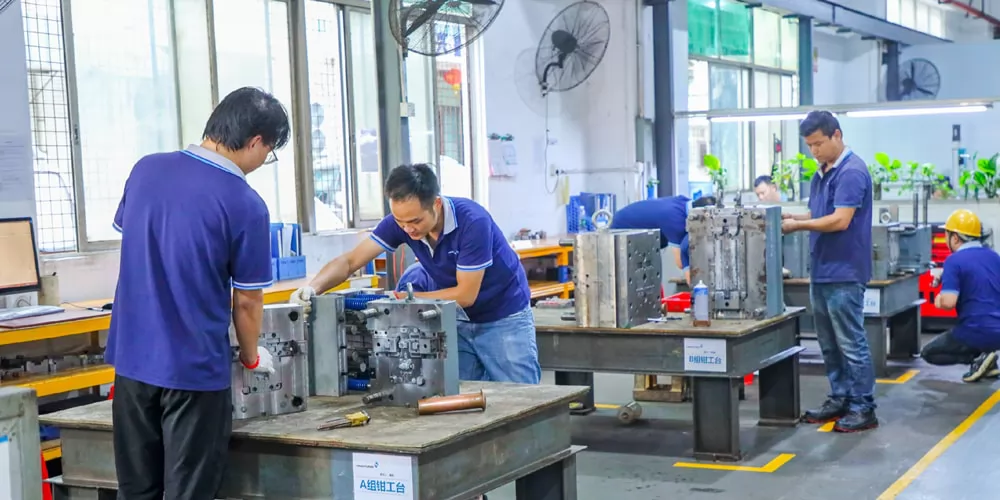
Conclusion
ABS injection molding offers numerous advantages in terms of versatility, strength, and cost-effectiveness. Its popularity can be attributed to its desirable properties, wide range of applications, and efficient manufacturing process. By understanding the advantages, disadvantages, processing conditions, and precautions associated with ABS injection molding, manufacturers can make informed decisions when utilizing ABS plastic in their production processes.


